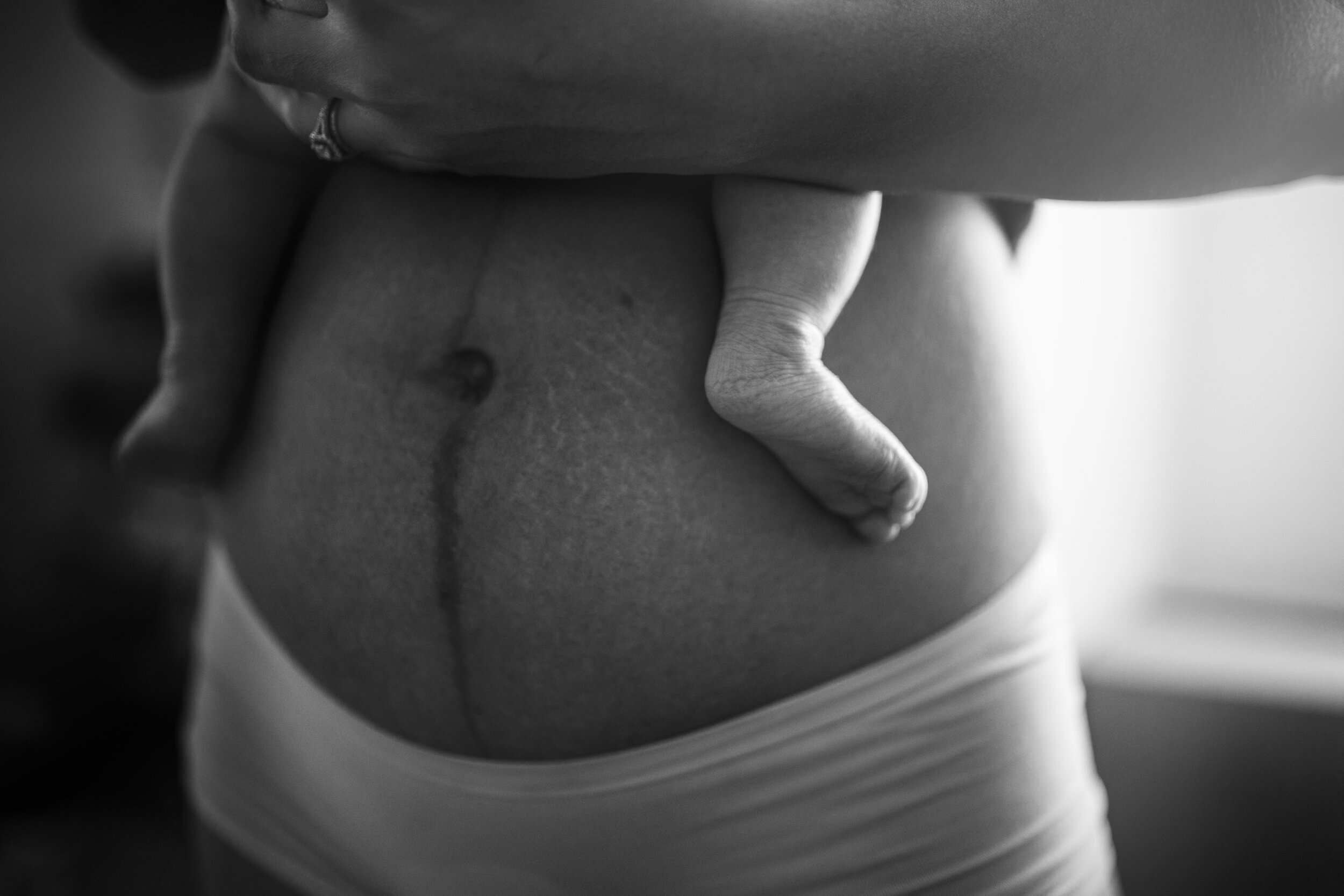The Wrap On Abdominal Separation
ABDOMINAL SEPARATION
DIASTASIS RECTI
‘DRAM’ - DIASTASIS RECTUS ABDOMINIS MUSCLES
TUMMY SEPARATION
THE GAP
ABDOMINAL DOMING
WHAT IS ABDOMINAL SEPARATION AND WHO GETS IT?
Abdominal separation is a thinning or separation of the tissues connecting the ab muscles in the middle of your abdomen and is very common in pregnancy and after birth. As you can see above, there are lots of different names for abdominal muscle separation and they all refer to the same thing really. Most women during pregnancy will have some degree of abdominal separation. And more than half of all pregnant women will also have abdominal separation after birth. So, you can see it’s pretty common.
WHY DOES IT HAPPEN?
As the baby and uterus grow the connective tissue between the abdominal muscles starts stretching and thinning and can cause separation. This sounds painful but the body produces hormones that specifically allow the pregnant body to stretch and grow to accommodate the growing baby and uterus.
The separation usually starts to become apparent in the second trimester or maybe earlier if you are pregnant with twins or multiples.
Some women may have a genetic predisposition to having a larger or smaller separation depending on their type of connective tissue and ligament structure.
HOW DO YOU KNOW IF YOU HAVE ABDOMINAL SEPARATION?
You may feel a gap in the midline of your abdominal muscles
“Doming” or a bulge through the midline usually when going from lying to sitting or with exercise
Back pain or poor posture may be a sign of abdominal separation
Most professionals agree that more than 2cm of separation may cause a problem but that is not always the case. It’s how the abdominal muscles are functioning that is the most important factor. Not necessarily the size of the gap.
More often than not you won’t even be able to tell if you have abdominal separation. During both of my pregnancies I had no signs or symptoms of abdominal separation - but since I am a women’s health physio, I (of course) had to check myself and sure enough I had a separation. It was there after both the girls were born and now 15 months after my second it has mostly resolved although my tummy is most definitely not flat. But that is more to do with the shape of my body in general after my pregnancies and also my love of Tim Tams. I haven’t done anything specific to reduce the gap, just followed my own advice.
HOW DO YOU FIX IT?
First of all do nothing - if you have no signs or symptoms directly related to the abdominal separation my advice is don’t worry. Honestly. Your body is incredible and knows how to repair itself. After giving birth your hormones change and your body changes and it heals. It may not be the same as it was before the pregnancy but if you are happy and healthy and have no pain or discomfort, there are better things to focus on ... for example, your new baby!
Rehabilitation- an abdominal core and pelvic floor strengthening program will help improve the function of the abdominal and pelvic floor muscles and allow the connective tissue to repair. A program that is specific to your needs is important to prevent excess pressure on the muscles while they repair. It is best to wait until 6 weeks after having a baby to begin formal abdominal training, but you can begin with gentle pelvic floor and abdominal activation exercises as soon as you are comfortable.
Try to limit activities that place excessive strain on your abdominal muscles and pelvic floor. Such as heavy lifting or straining on the toilet.
Abdominal support through compression bandage or specifically designed shorts may help you feel more comfortable. Some women find compression bandages comfortable particularly after birth such as tubi grip or specifically designed shorts with abdominal support. My advice is if they feel comfortable wear them, if they don’t then don’t.
See a Women’s Health Physiotherapist for an assessment and individual plan to optimise healing, improve your function and get you moving safely.
DISCLAIMER: This information is intended to be used as a guide of general nature, having regard to general circumstances. The information presented should not be relied on as a substitute for medical advice, independent judgement or proper assessment by a doctor, with consideration of the particular circumstances of each case and individual needs. This information reflects information available at the time of its preparation, but its currency should be determined having regard to other available information. Megan Mullane disclaims all liability to users of the information provided.


